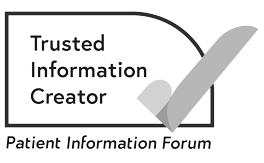The human skeleton
The human skeleton is made up of more than 200 bones in the body. We have information about the skeleton and the structure of a long bone.
The human skeleton is made up of more than 200 bones of different shapes and sizes.
Bones are made of:
- a type of protein called collagen
- minerals such as calcium and phosphate.
- The combination of collagen and minerals makes the bones strong.
Bones have many important roles in the body, including the following:
- Supporting our bodies – the joints at the end of bones act as levers, allowing us to move around. The joints are covered in cartilage which allows the joints to move smoothly.
- Protecting parts of our bodies from injury – for example, the ribs protect the heart and lungs, and the skull protects the brain.
- Storing important minerals, such as calcium, for our bodies to use.
Making blood cells – some bones are filled with a soft, spongy material called bone marrow. The bone marrow is where the blood cells are made.
Bones contain 2 types of cells that break down old bone and replace it with new bone:
- Osteoclasts break down and remove old bone.
- Osteoblasts make new bone.
- This helps bones to keep their strength and shape.
Related pages

Our cancer information meets the PIF TICK quality mark.
This means it is easy to use, up-to-date and based on the latest evidence. Learn more about how we produce our information.



